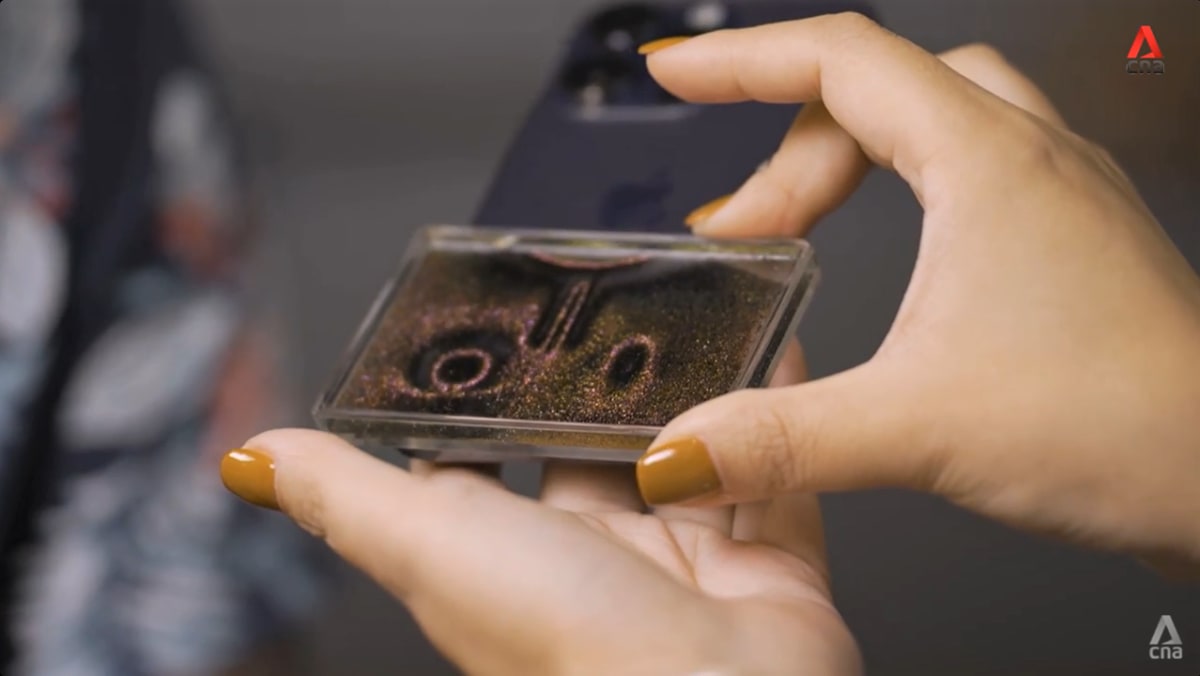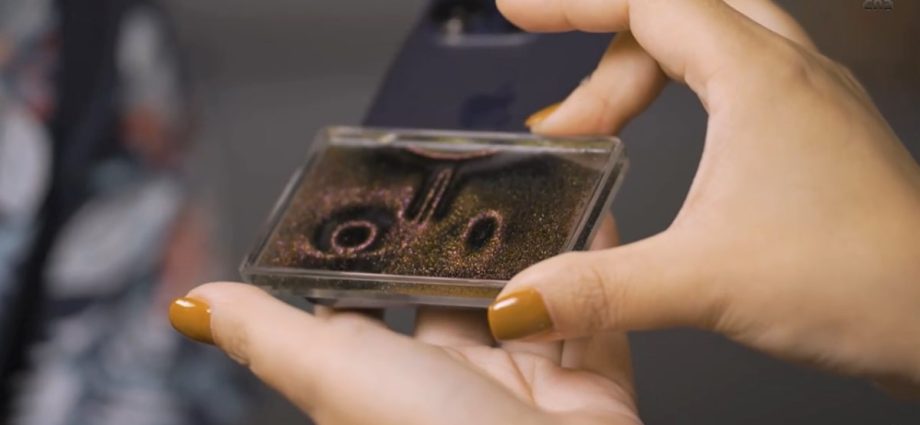
But isolating neodymium from its mineral is when things get tricky. Rare earths tend to occur together — often, all 17 in the same ore — and as they are chemically similar, they are harder to process than other metals.
“What makes (them) so ‘rare’ is the complexity of extracting them,” said Sahajwalla.
While rare earth projects are spread across the world, China stands out, with 70 per cent of production last year. The US makes up 14 per cent, followed by Australia, Myanmar and other countries, US Geological Survey data showed.
And even the US must export its rare earth raw materials to China before they can be used in the manufacture of magnets.
“There are enough deposits in the world that can supply rare earths. But … the critical point is who controls the processing technologies,” said Marina Yue Zhang, an associate professor at the Australia-China Relations Institute, University of Technology Sydney.
“China is the only country in the world that’s developed the capacity to cover the entire value chain of 17 rare earth elements. … China has developed the advantages in not just technology, but also waste management.”

